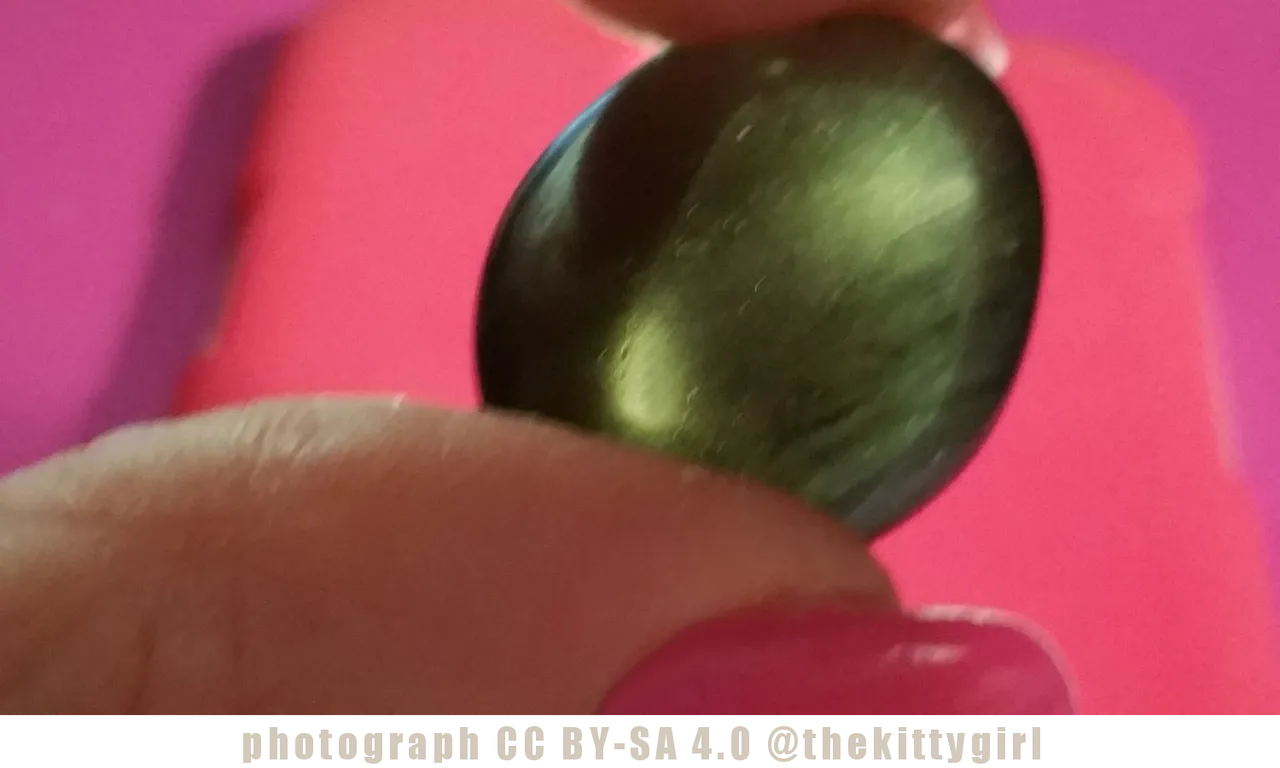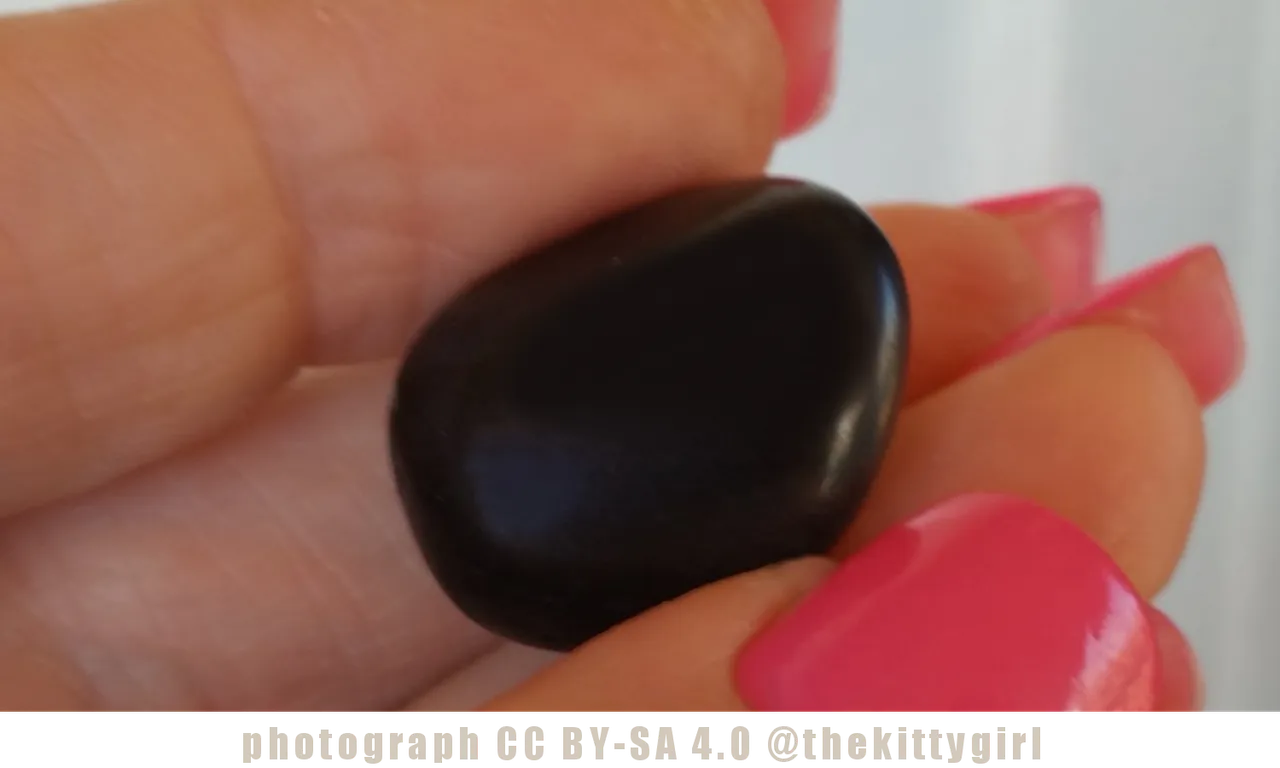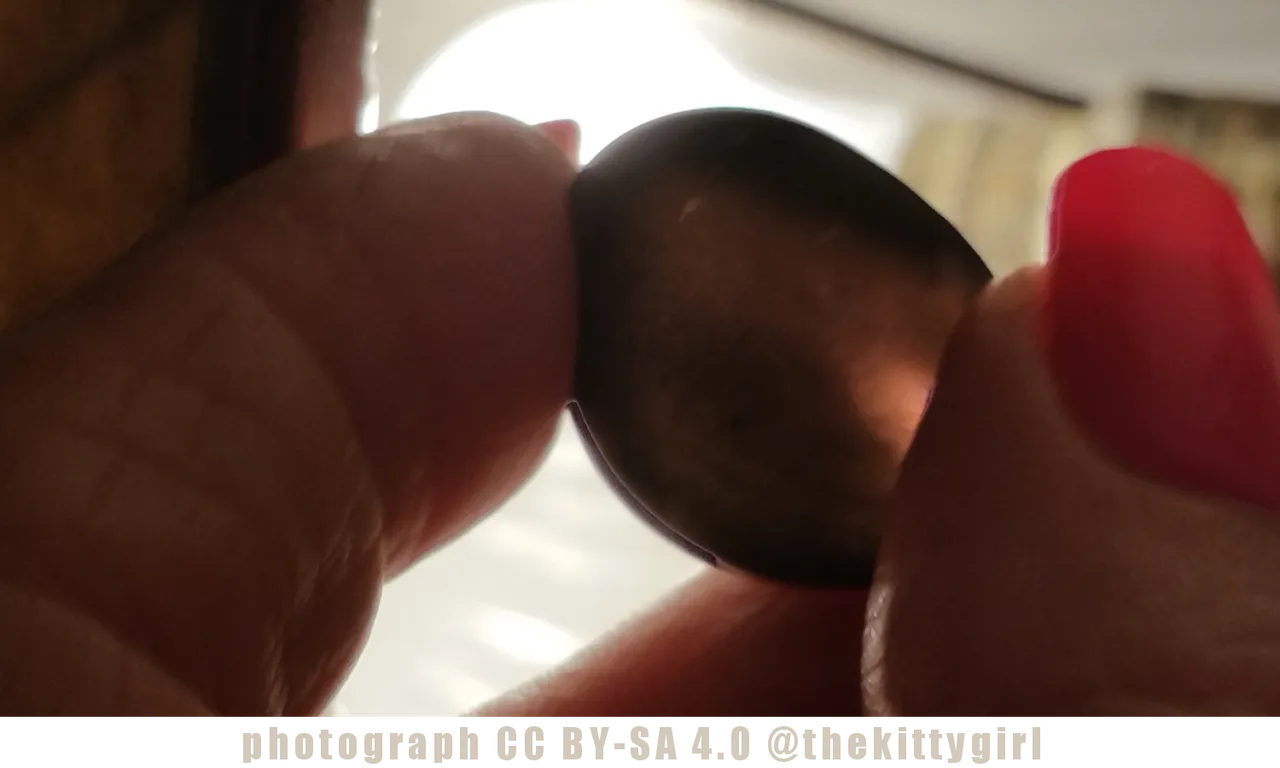There are many types of materials that can be used to make glass, but most of those include silicon in some form. Silicon is one of the basic components of sand. Glass is formed when the raw material is heated until the substance melts into an amorphous, non-crystalline form. Glass can be formed by Mother Nature, as when lightning strikes sand on a beach or in the desert. [2]
Apache Tears are another type of natural glass, created by volcanoes. There are two main types of volcanic eruptions. The first is an explosive eruption, where gas, molten magma, ash, and solid debris are violently expelled into the air and fall back down to the earth around the volcano. The other type is an effusive eruption, where most of the discharge from the volcano is in the form of a stream of molten lava that flows out of the caldera and downward. Apache Tears are formed by the first type, where material is ejected from the volcano, flies through the air, and cools on its way down. Smooth stone-like nodules of natural glass are formed by this amazing process. [1] [3]

It is fairly easy to identify Apache Tears. They are translucent when held up to a source of light. The term "translucent" means that you can't clearly see through them, but light can pass through. When the Apache Tear isn't held up to a light source, it appears opaque, as if nothing could pass through it.

The name "Apache Tear" is derived from a legend where Apache warriors voluntarily plunged to their deaths from a cliff rather than be captured or killed by the US Calvary. These stones are the tears of their families, left behind. 😢 This post is being published on Indigenous People's Day, in honor of the indignities and travesties that were committed to the Native Americans when the North American continent was conquered by outsiders.

Apache Tears are delightful, smooth stones to touch. I have three or four of them left in my collection after giving a few away to friends and family.
 😊
😊SOURCES
1 Wikipedia: Apache Tears
2 Wikipedia: Glass
3 Wikipedia: Types of Volcanic Eruptions










11-Oct-2021
